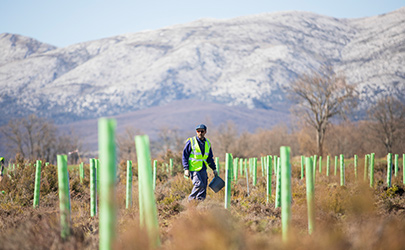LNG

Shell is involved in every stage of the LNG value chain. We find gas fields, extract and liquefy gas, trade and ship LNG, and turn it back into gas before distributing it to customers.
Shell published its fourth LNG Outlook in February 2020. Drawing on a broad range of independent industry data and internal analysis, the Outlook highlights key trends in 2019 and focuses on future global demand and supply.
Recognition of the advantages of natural gas has led to an increasing trend of coal-to-gas switching. According to Shell’s LNG Outlook, over the last nine years, global cumulative CO2 savings generated by switching energy sources from coal to gas stand at around 600 million tonnes, equivalent to 57% of the annual CO2 emissions of South America. In 2019, the number of coal generation phase-out announcements more than trebled compared with 2018, a major acceleration.
Coal-to-gas switching CO2 savings
CO2 MT, 2010=0
Source: Shell LNG Outlook 2020, Shell interpretation of Wood Mackenzie, IEA World Energy Outlook, IEA Carbon Report 2019 data
[A] Power sector coal-to-gas switching in advanced economies only
Shell’s LNG Outlook notes that global demand for LNG grew by 12.5% to 359 million tonnes in 2019. An industry record of 40 million tonnes of additional supply became available and was consumed by the market as the bulk of new liquefaction projects from the investment wave in 2014 and 2015 came online.
Europe absorbed the majority of 2019 supply growth, with imports increasing by 74%, as competitively priced LNG encouraged further coal-to-gas switching in the power sector, replacing declining domestic gas production and pipeline imports.
There was a modest rise in imports to Asia in 2019, compared with the previous two years, because of mild weather and rising electricity generation from nuclear power in Japan and South Korea, two of the three largest global importers.
China was once again among the top three LNG-importing countries, with demand increasing by 14% in 2019, as efforts continued to improve urban air quality. In South and South-East Asia imports increased by 21% compared with 2018, due to growing demand for gas amid declining domestic gas production.
Abundant supply led to a softening of global gas prices. Nearly 1,600 spot cargoes were delivered in 2019 and new spot-trading mechanisms and a wider variety of indices were used for long-term contracts. A more liquid and transparent global LNG market indicates that LNG is becoming an increasingly flexible commodity.
In the short term, supply growth is expected to slow down with the last of the new LNG liquefaction projects under construction due to be completed by 2021. Equilibrium is expected to be restored as new supply comes to a halt until the mid-2020s.
Emerging LNG supply-demand gap
mtpa (des)
Source: Shell LNG Outlook 2020, Shell interpretation of IHS Markit, Wood Mackenzie, FGE and Poten & Partners Q4 2019 data
In this context, Shell is working on growing its supply of LNG. In 2018, we took FID on LNG Canada – located in Kitimat, British Columbia. Construction has started and we expect start-up before the middle of this decade. LNG Canada is expected to deliver significant, long-life and resilient cash flows. The project has been designed to achieve the lowest carbon intensity of any LNG project operating today, aided by the partial use of hydropower.
In 2019, our Prelude FLNG facility reached a significant milestone, shipping its first LNG cargo to customers in Asia. Prelude is an offshore development that produces natural gas from a remote field in Western Australia. Prelude forms an integral part of our global portfolio and plays an important role in meeting the growing demand for more and cleaner energy from our customers around the world.
In 2019, Shell completed the full acquisition of the Hazira LNG and Port venture, which was subsequently renamed Shell Energy India (SEI). This creates a fully owned and integrated Shell value chain, with supply from the global LNG portfolio, regasification at the SEI facility, and downstream customer sales.
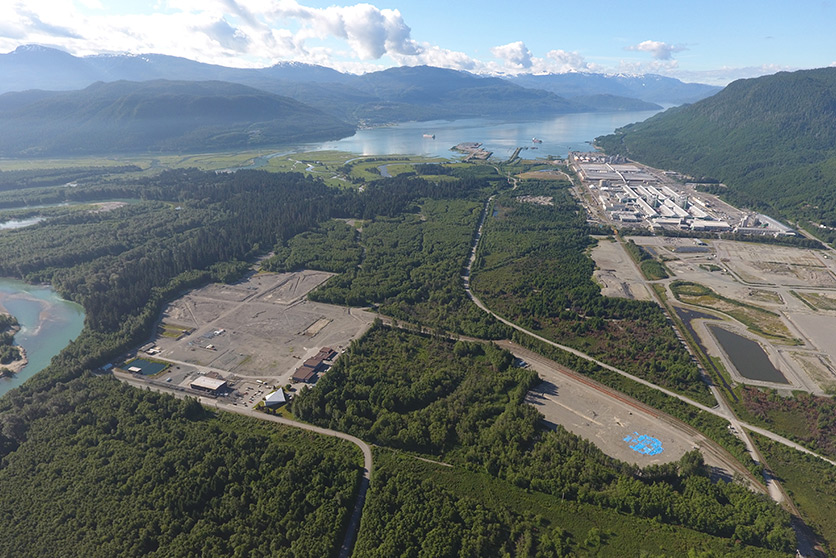
LNG Canada site, Kitimat, British Columbia
LNG for transport
Shell has invested in infrastructure to enable more use of LNG as a marine transport fuel. We have a global presence across a network of eight key bunkering ports. We are expanding our LNG bunkering network and investing in LNG bunker barges to meet demand from our customers. We already have four LNG bunker vessels in operation and expect delivery of three more soon.
In 2019 we announced a partnership with Qatar Petroleum’s Wave LNG Solutions to invest in LNG marine fuelling, bunkering vessels and other infrastructure in key locations. These locations will leverage existing Qatar Petroleum and Shell supply positions and complement current Shell marine LNG bunkering locations in Europe, Asia and North America.
In 2019 we fuelled the world’s first LNG-powered cruise ship, following the world’s first LNG-powered crude oil tanker bunkering. As of 2019, we have safely completed more than 100 ship-to-ship bunkerings, 500 tank-to-ship bunkerings and 150 truck-to-ship bunkerings.
Shell also develops LNG stations for road transport. We currently have 13 LNG stations in Europe and two in China. We are expecting to grow our retail presence in Europe to more than 100 sites over the next three to five years.
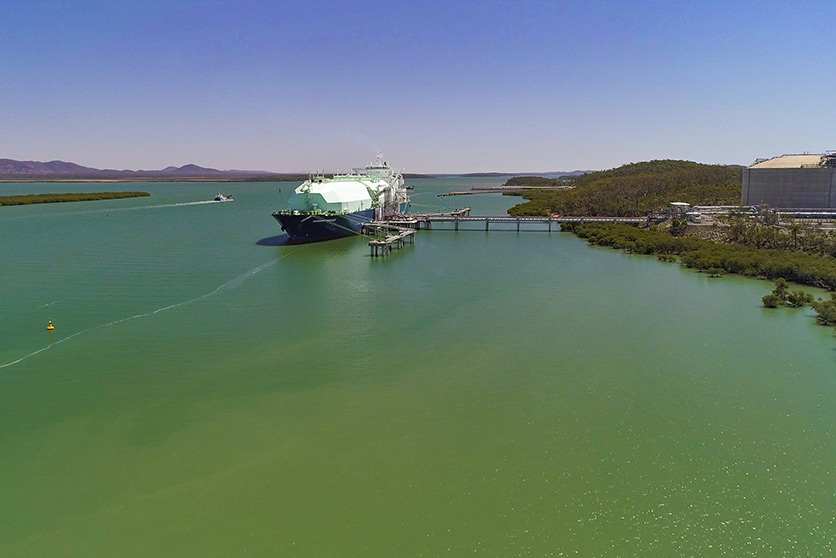
Queensland Curtis LNG, Australia
Shell’s approach
Shell is a worldwide leader in LNG and GTL with a differentiated and resilient global portfolio. We intend to grow this market-facing business and deliver substantial cash and returns, with natural gas – the cleanest-burning hydrocarbon – helping Shell thrive in the transition to a cleaner energy system.
To ensure our Integrated Gas business is resilient, we are executing a strategy focused on three key pillars: leading the market, running the engine and growing the engine.
We plan to continue leading the market by developing new pockets of demand in parts of the world that do not have access to natural gas. We are creating new markets to keep people and goods moving with LNG on water and on the road. And we are building more synergy between our Integrated Gas and Power businesses to create additional value.
We are focused on maximising value from our current assets and supply chains to deliver superior cash flows, enabled by operational excellence. These improvements include increasing our LNG liquefaction capacity utilisation to above 90%, and reaching top quartile unit cost in our operations. We intend to invest between $4 to $5 billion per year over 2021 to 2025 in our existing assets and replacement of declining assets. We will also selectively invest in growing our natural gas business.
This strategy is expected to deliver organic free cash flow for Integrated Gas of between $9 and $10 billion per year by 2025 at $60 per barrel (real terms 2016).
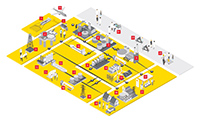 Our businesses and organisation
Our businesses and organisation
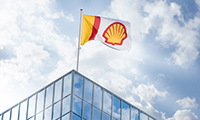 Overall highlights in 2019
Overall highlights in 2019
 Projects & Technology overview
Projects & Technology overview
 Financial data
Financial data
